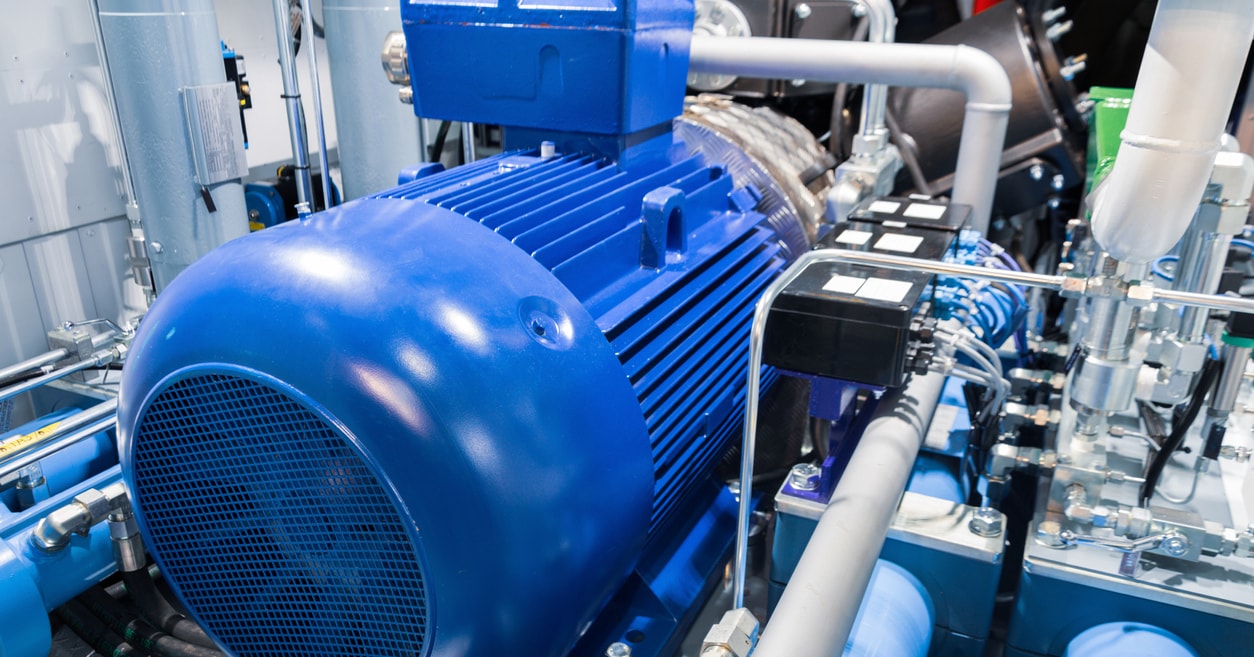Accurate torque data is what separates a good motor test from a guess. Himmelstein's torquemeter for electric motors gives engineers direct, repeatable torque and speed measurement so they can build better efficiency curves, verify design performance, and spot mechanical losses early. As an electric motor torque sensor manufacturer, we've spent decades refining instruments that remain stable over long duty cycles and shifting temperatures — the kind of conditions found on real production benches, not just in lab setups.
Our torque transducers are used across R&D, endurance, and end-of-line tests to capture true mechanical output power and validate how motors behave under load. It's the same data you need to confirm that what's designed on paper performs the same way on the shaft.
Bearing-Mounted and Bearingless Options
Every test setup has its own priorities. Some engineers prefer a bearing-mounted torque transducer for electric motors because it's quick to install and easy to align. Others need the faster response and lower maintenance of a bearingless electric motor torque transducer. Himmelstein builds both, so you can choose what fits your application — not the other way around.
Bearing-mounted models provide built-in support and can simplify fixture design, especially for benchtop or production environments. Bearingless designs eliminate wear components, making them ideal for high-speed or long-duration testing where uptime and bandwidth matter most. Either way, you'll get stable torque and speed data that ties directly into mechanical power calculations for motor efficiency and performance mapping.
Electric Motor Torque, Speed, and Output Power Testing
Pair a Himmelstein torque transducer with the Model 721+ Mechanical Power Instrument, and you've got a complete setup for measuring torque, speed, and shaft power in real time. The system displays live data during a run, automatically captures breakdown torque, and logs results for later review. It's straightforward, reliable, and built for everyday test work — whether you're validating a new motor design or confirming efficiency after assembly.
During a typical test, the motor is loaded above its breakdown point, and the instrument holds the peak torque, speed, and power values automatically. Those held readings can be displayed, compared to limits, and downloaded directly to your data system. Once the test is complete, a quick front-panel or I/O reset gets the stand ready for the next motor.
Breakdown Torque and Pull-Up Testing
For many teams, the Model 721+ torquemeter for electric motors does most of its work capturing breakdown torque and pull-up torque data. In a typical setup, the test motor drives an inertia load fitted with a 600 PPR speed sensor. At startup, the instrument displays live torque and speed; once speed crosses the threshold for the start-winding transition, the system automatically switches to its max/min mode.
From there, the 721+ records the true torque maximum without reacting to momentary spikes from winding changes. It then captures the pull-up torque and speed values at the proper point in the run, all classified automatically, no manual timing needed. The result is a clean, repeatable dataset that reflects the motor's actual mechanical behavior, not the noise between transitions.
Why Engineers Choose Himmelstein for Motor Testing
Motor testing can be unpredictable, but your torque data shouldn't be. Engineers stick with Himmelstein because our systems stay stable over years of use, even in test cells that run all day. As an electric motor torque sensor manufacturer, we design, calibrate, and support every transducer in-house. So if something drifts or needs to be reconfigured, you're dealing with the people who built it.
Each unit is traceable back to our ISO/IEC 17025:2017-accredited calibration lab, and every model is built to handle the side loads, vibration, and temperature swings that come with real-world motor testing. Whether you're developing new drivetrains or running end-of-line verification, Himmelstein torque systems give you the accuracy and repeatability needed to trust your data, not double-check it.

